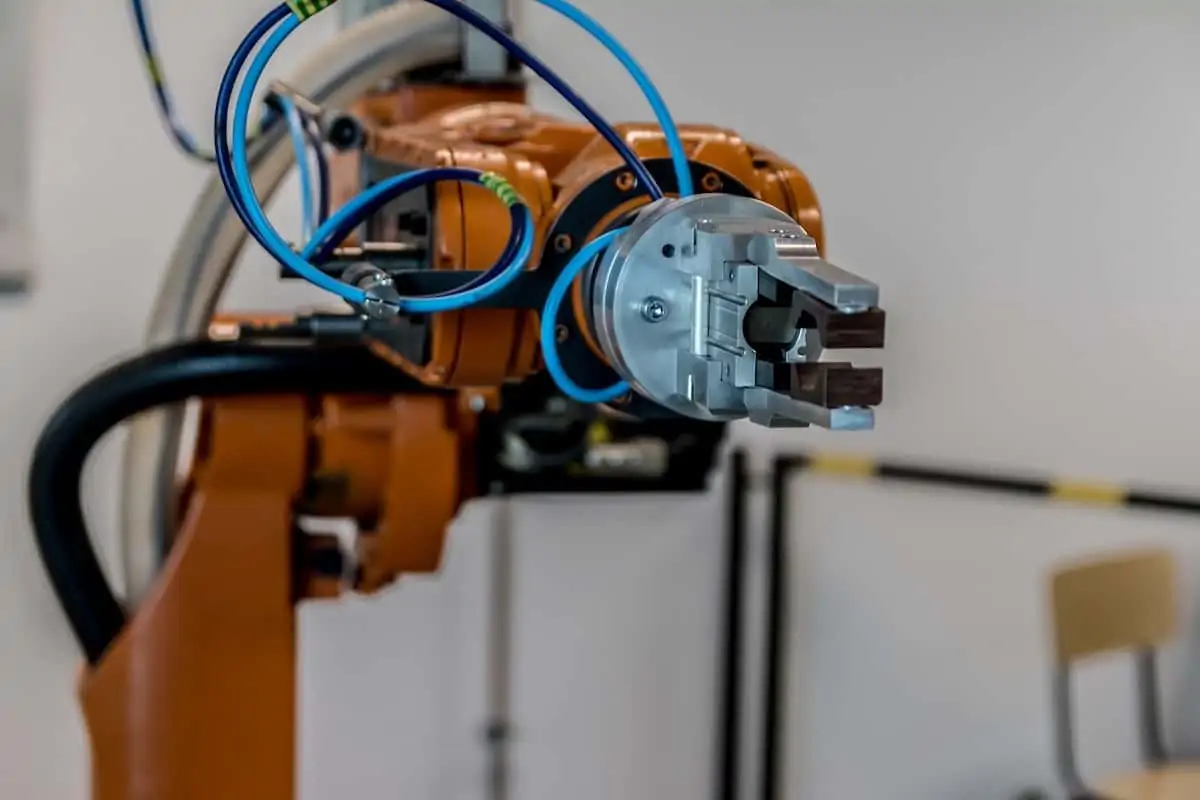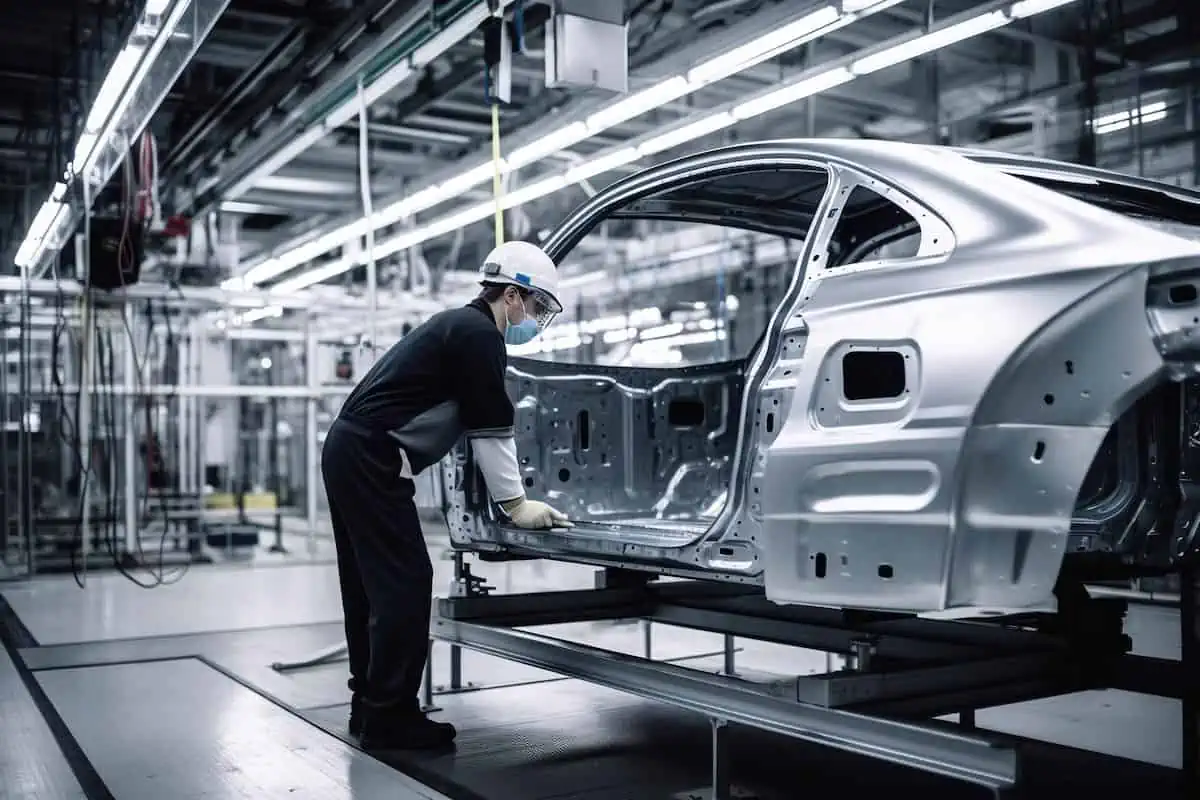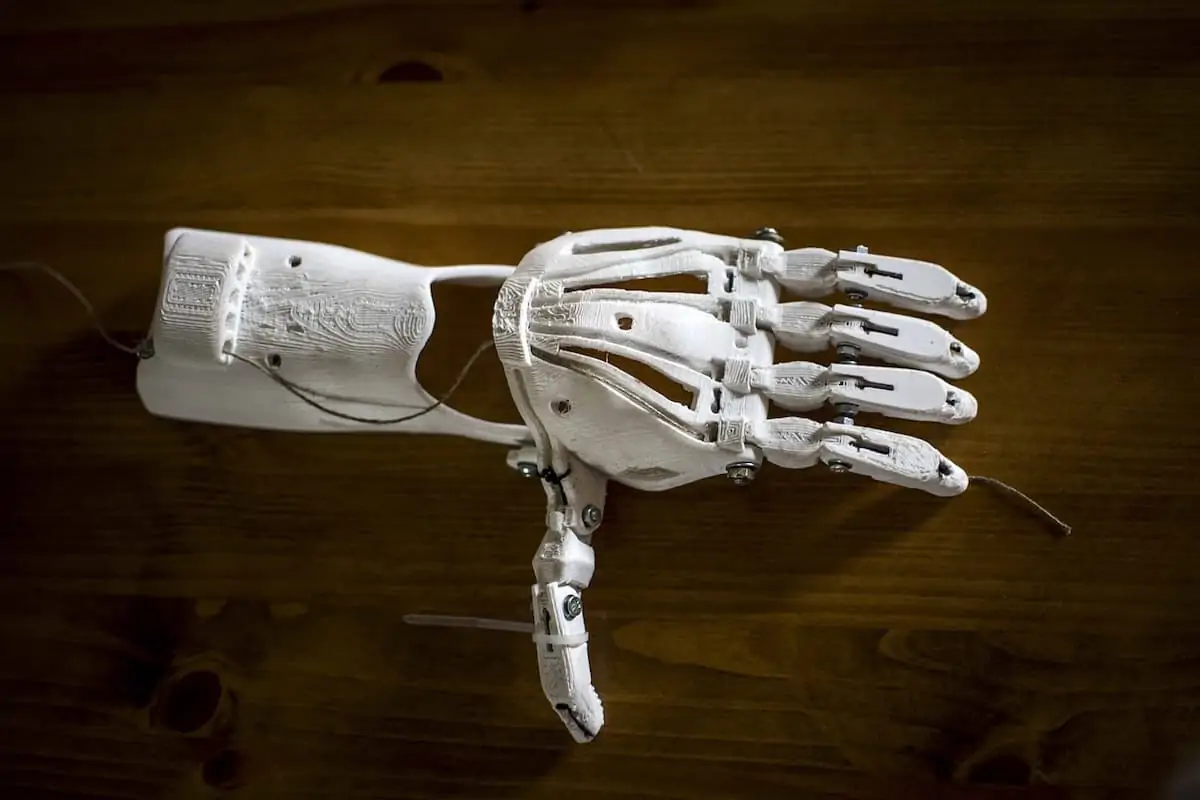A shortage of qualified workers makes the idea of adding robots and automation to the factory line an attractive option for companies large and small.
Amid the “Great Resignation” that has forced companies across industries to scramble to maintain staffing levels, members of the food industry need to take a closer look at automation in the food industry. Doing so can help them avoid errors and boost safety while reducing operating costs.
Continue reading “Automation in the Food Industry!”







 EBOOKS HERE
EBOOKS HERE